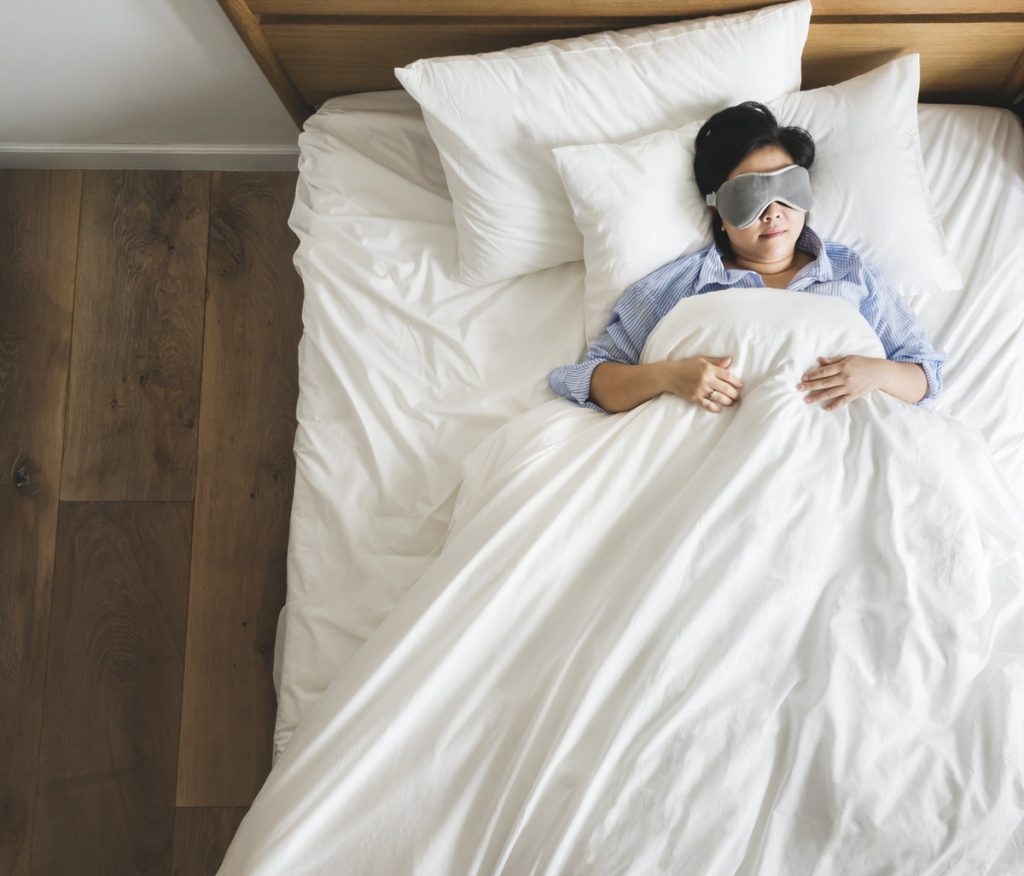
Why sleeping on a bad mattress can lead to spine issues
By Laurie Larson
News healthy living sleep research sleep science spine health Photo: Courtesy of Rawpixel.com
Photo: Courtesy of Rawpixel.comMany patients who suffer from chronic back pain already have trouble sleeping and finding comfort at night. The fact that a poor mattress could be contributing even more to the discomfort interfering with a good night’s sleep is a key piece of information that may be able to help patients find better sleep.
The average innerspring mattress only has a lifespan of about seven to eight years, even with proper rotation and care. After this period, a mattress loses its responsive qualities that provide the support and comfort needed for sleep. The coils of an innerspring mattress lose their full structure after being compressed for many years. Even foam can succumb to this pressure. No matter the structure, an aged mattress will not provide the best night’s sleep.
What research shows about the link between your mattress and back pain
In one study, 10 participants were tested to see if a lumbar supportive device could help ease the pain while sleeping. The researchers used an inflatable support device in various experimental conditions to test their hypothesis that a lumbar support would more uniformly distribute weight over the pelvic, lumbar and thoracic areas to maintain the lumbar lordosis in a supine posture.
During sleep, neuromuscular activity operates at a minimal level. The main factor influencing posture is then gravity, which is sufficient enough to cause deformation in the body’s soft tissues while stretching out on a mattress.
In the study, the researchers tested 10 participants lying supine in six different conditions. They tested according to the surface (no mattress, foam, mattress) and according to whether or not the lumbar support was inflated. They measured contact pressure using a pressure sensor mat (Tekscan).
When the device was inflated, they found that the distribution of contact pressure was modified across the pelvic, lumbar and thoracic areas. When not inflated, the pressure was localized in the pelvic area across all surface testings. This research confirmed that lumbar support is vital in a mattress to provide pressure relief in pain points. Distributing the contact pressure could limit undesirable forces on the lumbar spine.
How to choose the best mattress to help with back pain
Popular opinion seems to encourage a firm mattress for those with back pain; however, it may not be the ideal suggestion. A report in the The Lancet covered a study on 313 adults who all suffered from unexplained lower-back pain. The participants were given new spring mattresses without being told what type of mattress they would be sleeping on. The distribution was approximately half firm and half medium-firm mattresses.
After 90 days the participants results showed that those who slept on the medium-firm mattresses were twice as likely to experience improvement in their lower-back pain than those who slept on the firm mattresses. The verdict? A medium-firm mattressdoes a better job of distributing weight to relieve pressure and pain. When a mattress is too firm, it doesn’t provide any relief or contour for the body. Additionally, it doesn’t provide support for back sleepers. Contrarily, a mattress that is too soft can contour too much and not provide responsive support.
The ideal mattress for sleepers with back pain seems to be one that is medium-firm, not too firm and not too soft. Innerspring mattresses also seem to be a type that sleepers should stay away from to protect their back. Each coil inside an innerspring mattress works in its own way instead of working together to evenly distribute your body weight. Memory foam mattresses or other foam blends will allow your body to comfortably contour into the bed while still providing pressure relief and keeping the best spinal alignment to alleviate back pain.
Laurie Larson is a freelance writer out of Durham, NC. She enjoys writing to encourage healthy living.
Print this page